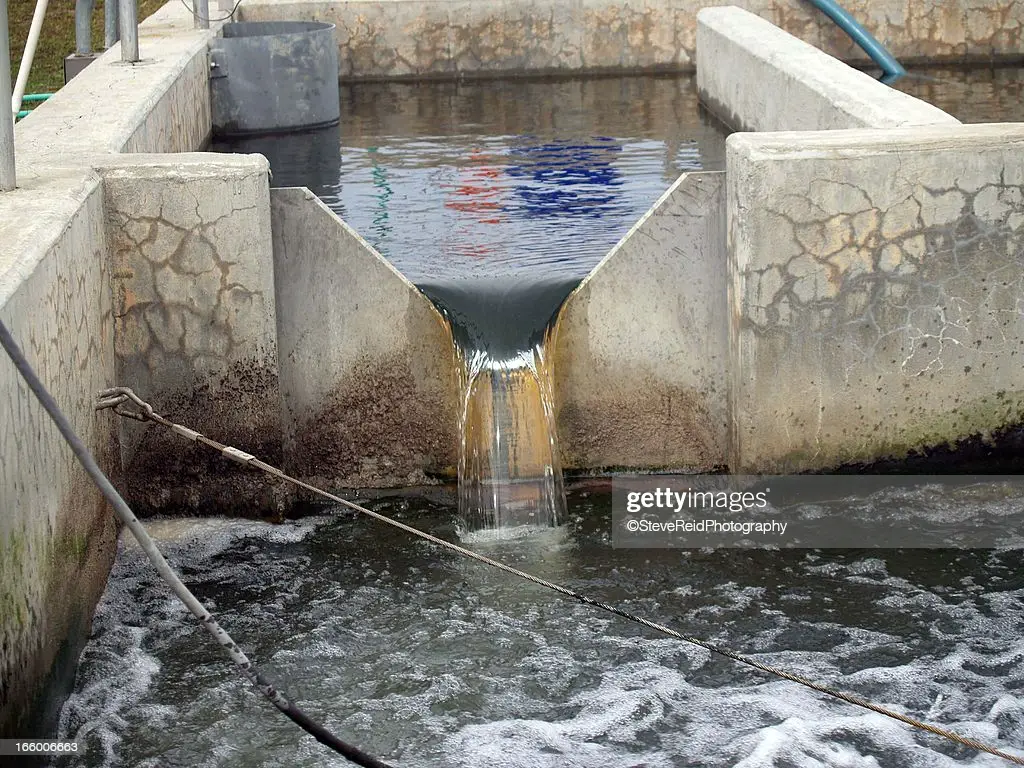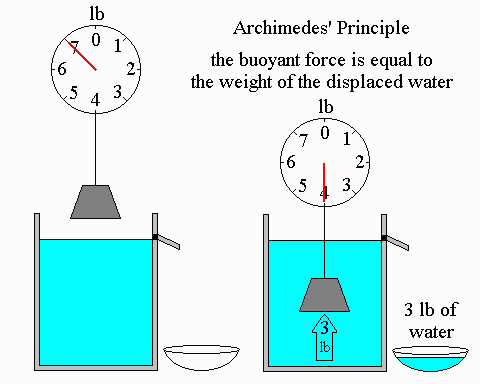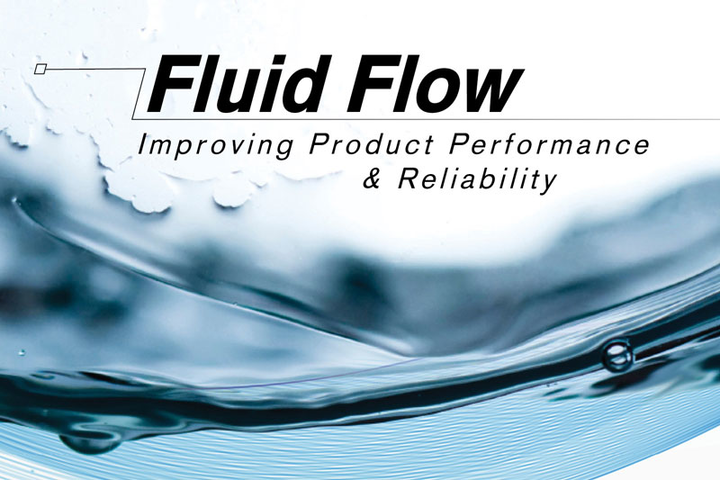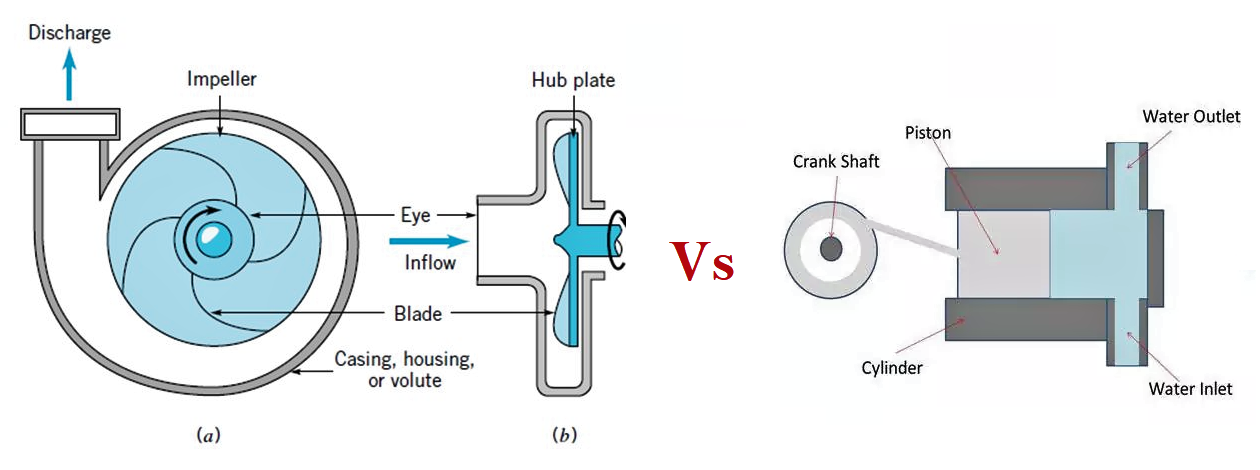Category: Machines Theory

Understanding notches and weirs
by
In fluid mechanics, notch and weir is an important topic that cannot be overlooked. These devices are used to regulate the flow of fluid of different sizes and different methods. Notches and weirs are classified based on some considerations which result in different types. Today you’ll get to know the definition, applications, function, components, diagram,…

Understanding buoyancy
by
Have you ever experienced you feeling lighter when swimming in the pool or a bucket feels lighter when drawing water from a well? If you do, buoyancy occurs during those events. In buoyancy, when immersed in water or any source of fluid, a body experiences a force from the downward direction opposite to the direction…

Understanding Archimedes principle
by
Archimedes discovered the buoyancy principle, which is used in various applications including ships. It allows them to float when the weight of the water displaces equals the weight of the ship. Anything shaped to displace its own weight of water before it reaches the point where it will submerge will surely float. Today you’ll get…

Everything you need to know about gears
by
Thinking of power transmission today, its common form is through gear. Gears are wheels with teeth and can also be called toothed wheels. A gear is a rotating circular machine part having cut teeth, in the case of a gearwheel, inserted teeth are called cogs, which mesh with another toothed part so that torque can…



















